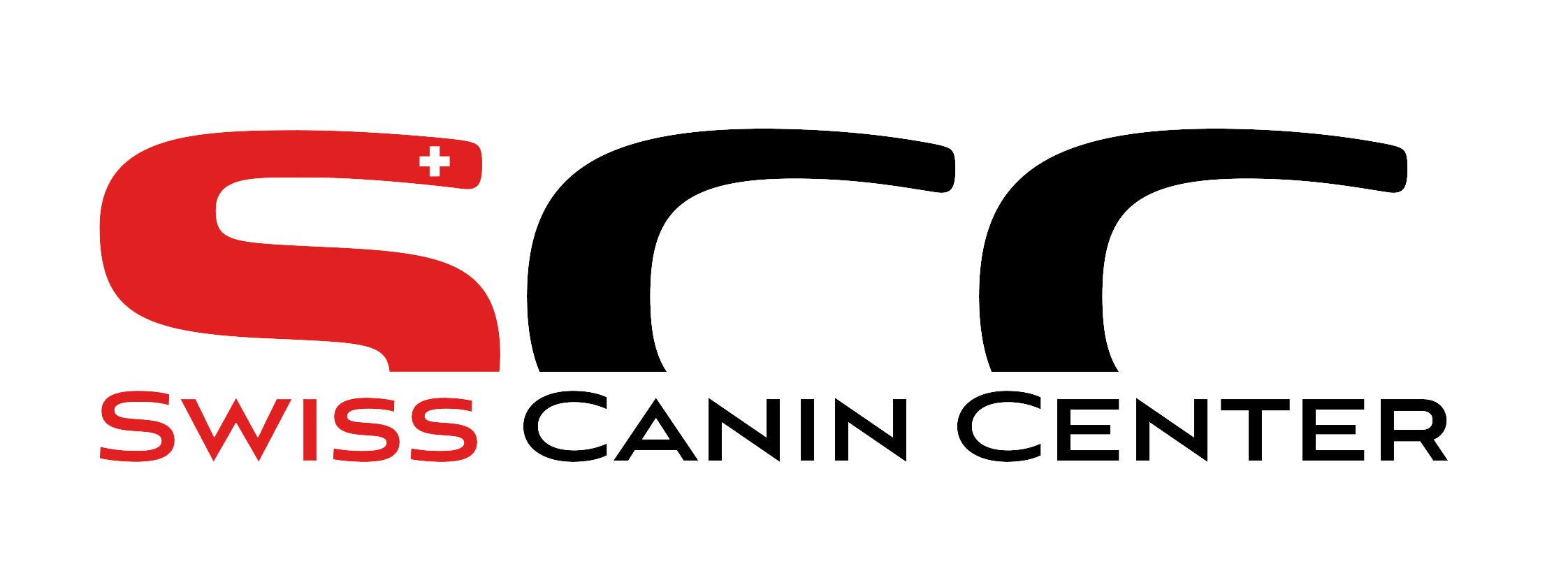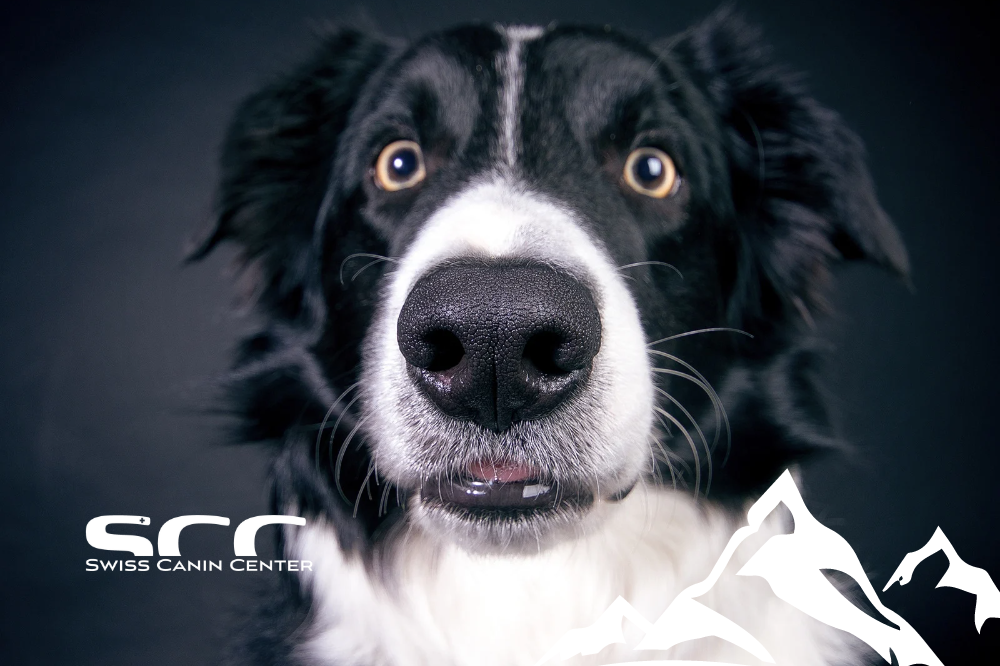Innovations in the Agility 2023
With the start of the new year, some changes in regulations come into force. Most of them are based on the new FCI regulations, which TKAMO adopts completely. We have summarized the most important changes for you.
New category
As of 01.01.2023, the new categoryIntermediate” has now been introduced. Intermediate includes all dogs between 43 and 48cm. The category Large starts at a size of 48cm.
Info: All Large should have been measured by a CH judge by 12/31/2022 to determine if they belong to the new category or remain in Large. Dogs which have not yet been measured must be fully measured by 31.01.2023 at the latest, so that their license is not blocked by TKAMO.
Contact zones
The access zone at the footbridge and A-wall is no longer straightened. However, the dog must be in the rise (zone and/or rising slope) with all 4 paws. If he does not do so, he will receive an EL. In the case of the seesaw, the up and down zones continue to be directed.
A so-called “assistant judge” (formerly “Aufgangsrichter”) can now be appointed. This additional judge assists the main judge in his judging and may be authorized to judge certain obstacles or sequences. This delegation of authority must be defined in advance. The main judge retains responsibility for all decisions made.
Course design
Slalom, hoop and wall may only be completed 1x per run.
Long jump, hoop and double jump must always be placed so that the dog can start from a straight line from the previous apparatus.
Up to a maximum of 5 tunnel passes may be included per run. (Passages ≠ physical tunnels)
Slalom must be placed in each run.
The first and last apparatus can be any type of hurdle (hurdle/jump, wall, hoop, long jump).
The maximum distance between two consecutive devices is 7m in the nominal line (straight line) and new maximum 9m in the running line of the dog. The minimum distance of 5m in the running line of the dog remains.
Various assessments
The “destruction” of an obstacle by the dog so that it can no longer be completed correctly before the dog completes the obstacle or the obstacle occurs more than once in the course will result in an EL.
Stopping between obstacles is no longer considered a refusal.
If the athlete triggers or stops the electronic timing, this will be evaluated with a new EL.
If “training” is done on the course before or after the run, i.e. the dog is sent over another piece of equipment before the start or after the finish, the team will receive an EL. Unless the course is set so that the dog takes a device after the finish in its natural running line.
Source: fci.be


